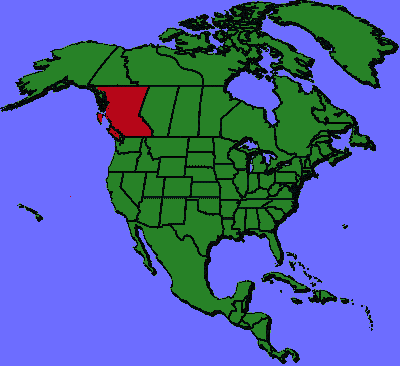
Circle the area on this map

B. With a population of more the 2.4 million people, the Vancouver metropolitan area is Canada’s third most populous after Toronto and Montreal. It also is the nation’s busiest port, and the washed out rail lines have stopped Canadian products headed for the port and markets in Asia.
A. Seattle is the most populous city in Washington, followed by Spokane, Tacoma and Vancouver. Vancouver, Washington, like the Canadian city and island, was named after British Captain George Vancouver who in 1792 charted the Pacific Coast of what is now Oregon, Washington, British Columbia and Alaska.
D. A day after the village 162 miles northeast of Vancouver set the nation’s record high temperature of 121.3 degrees, a wildfire razed Lytton to the ground in minutes. The heatwave at the end of June was blamed for killing hundreds of people in the Pacific Northwest, and it exacerbated wildfires that scorched thousands of acres in California, Oregon, Washington and British Columbia.
A. An atmospheric river is a narrow current that carries plumes of moisture-laden air from the tropics toward the poles. As the climate warms up, the atmosphere can carry much more water. Changing weather patterns also lead to more extreme flooding in some regions and more extreme drought in other areas. Burned out wild areas also are subject to extreme erosion and landslides during heavy rains.